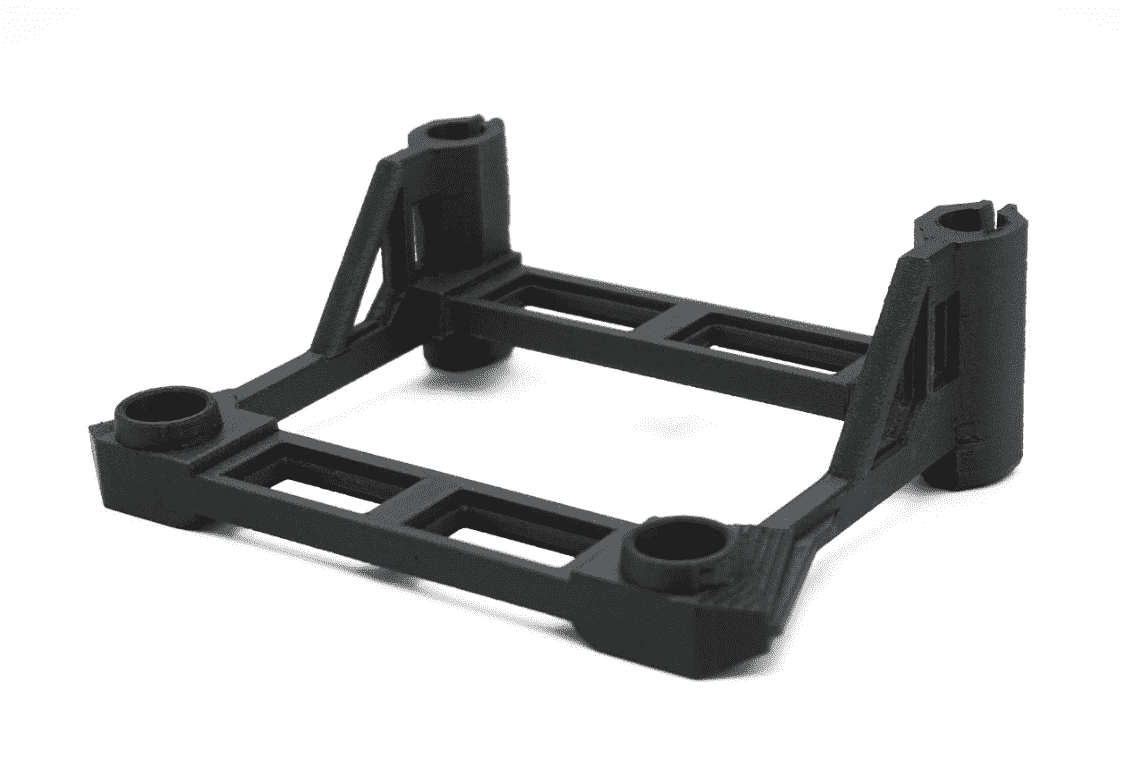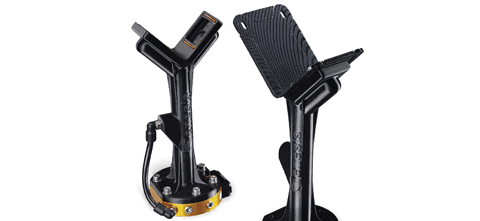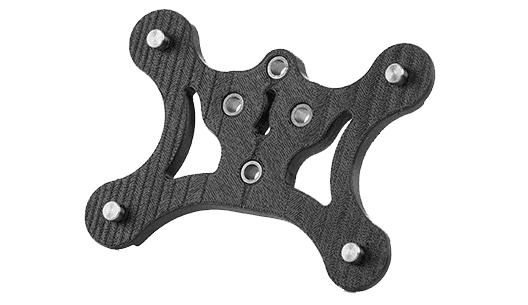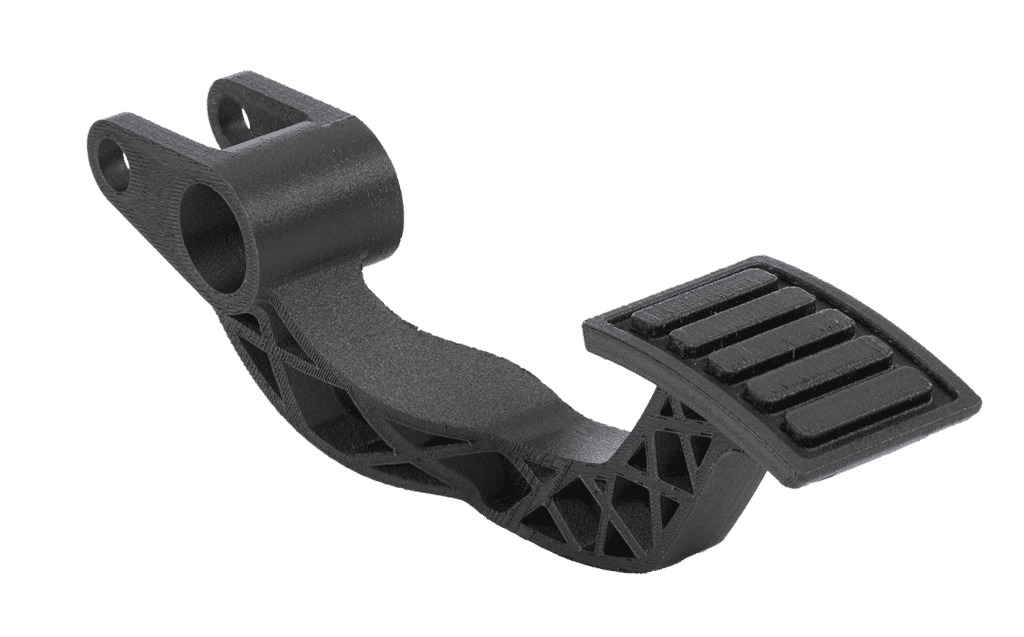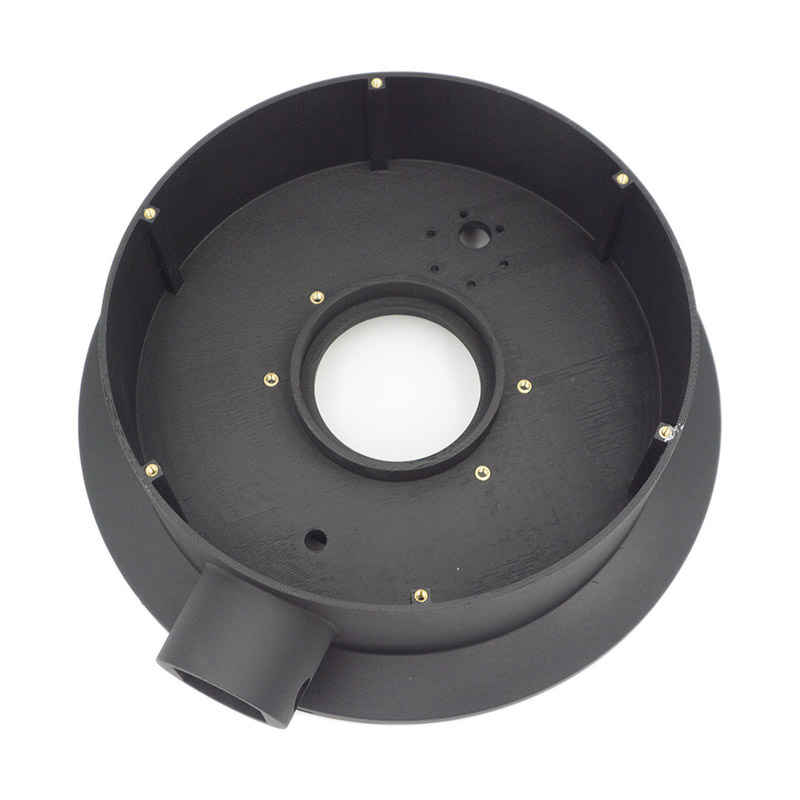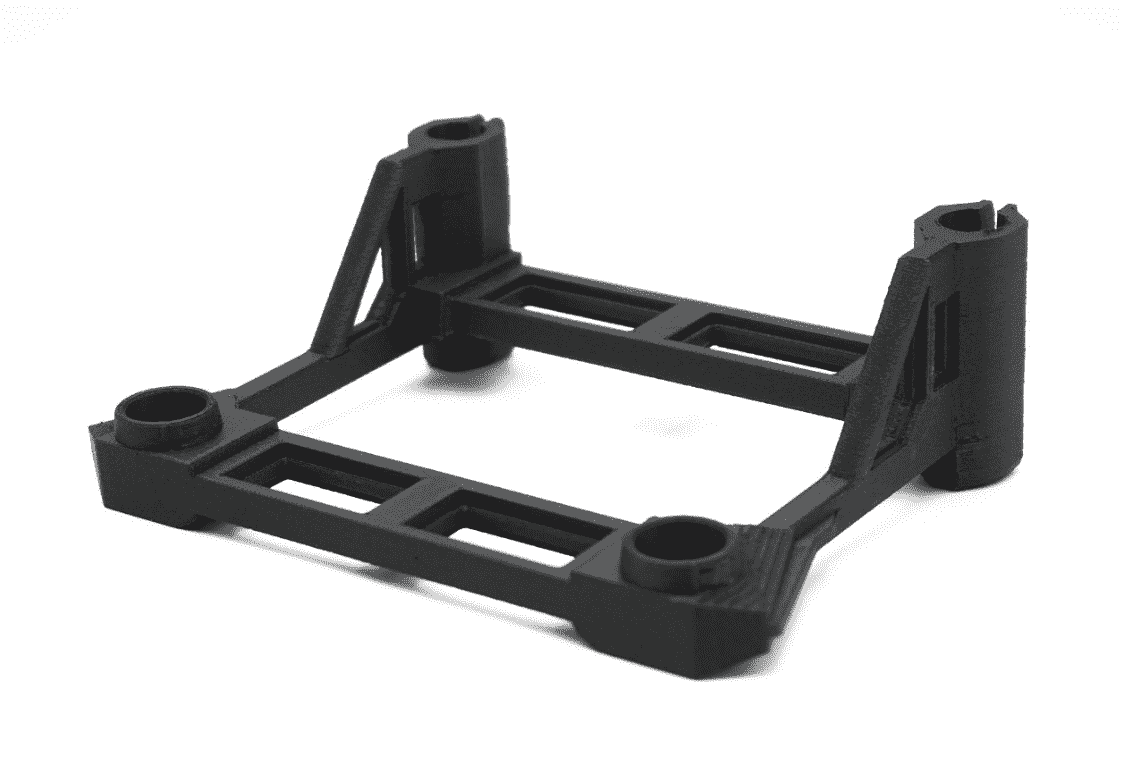FDM Stratasys Nylon 12CFFDM Nylon 12 Carbon Fiber FDM Nylon 12CF is a chopped carbon fiber-filled (35% by weight) polyamide 12, the material has a high strength-to-weight ratio and a tensile strength on par with other high-performance FDM materials. Max Build Size Min Build Size 10 x 10 x 10 mm Default Layer Height 0.254 mm Optional Layer Heights 0.127, 0.254 mm Tolerance Ā±0.2% (with a lower limit of Ā±0.2 mm) Up to 143 ā Smooth ā ā ā Detail ā ā ā Accuracy ā ā ā Rigidity ā ā ā ā ā Flexibility ā ā ā ā Available ColorsBlack
Available Post ProcessPaint
Suitable For Functional prototypes and end products, Not Suitable For Complex designs with intricate details, Additional InfoFDM Nylon 12CFTM is a chopped carbon fiber-filled (35% by weight) polyamide 12, available on compatible FortusĀ® Production Systems. The material has a high strength-to-weight ratio and a tensile strength on par with other high-performance FDMĀ® materials. It has the highest specific modulus of any FDM material. Due to the unique directional orientation of carbon fibers (Figure 1), the material exhibits anisotropic properties that can be tailored similar to a composite laminate. This enables parts to have a higher uniaxial stiffness than injection molded parts of the same material. It opens up unique design freedoms, not present in either traditional thermoplastic or additive manufacturing.
Feature
3D PrinterMaterial Spec Sheet
Fused Deposition Modeling is used to build your design with this material. The principle is simple. You can compare it with a hot glue gun into which you put sticks of glue. The glue is heated up until it melts and is then pushed through a fine nozzle in the front of the glue gun. In an FDM printer, a long plastic wire is used in place of glue. It is fed from a spool to the nozzle where the material is liquefied and ādrawnā on the platform where it immediately hardens again. The nozzle moves to drop the material at the correct location, drawing your model line by line. When a layer is drawn, the platform lowers by one layer thickness so the printer can start with the next layer. When your model contains overhanging sections, the printer needs to build supporting material. Since the material of the model cannot be deposited in the air, the support material prevents it from falling down. This support material is fed through another nozzle. Afterward, when the model is put into a bath with special soap, the support material dissolves.
|
